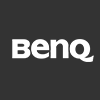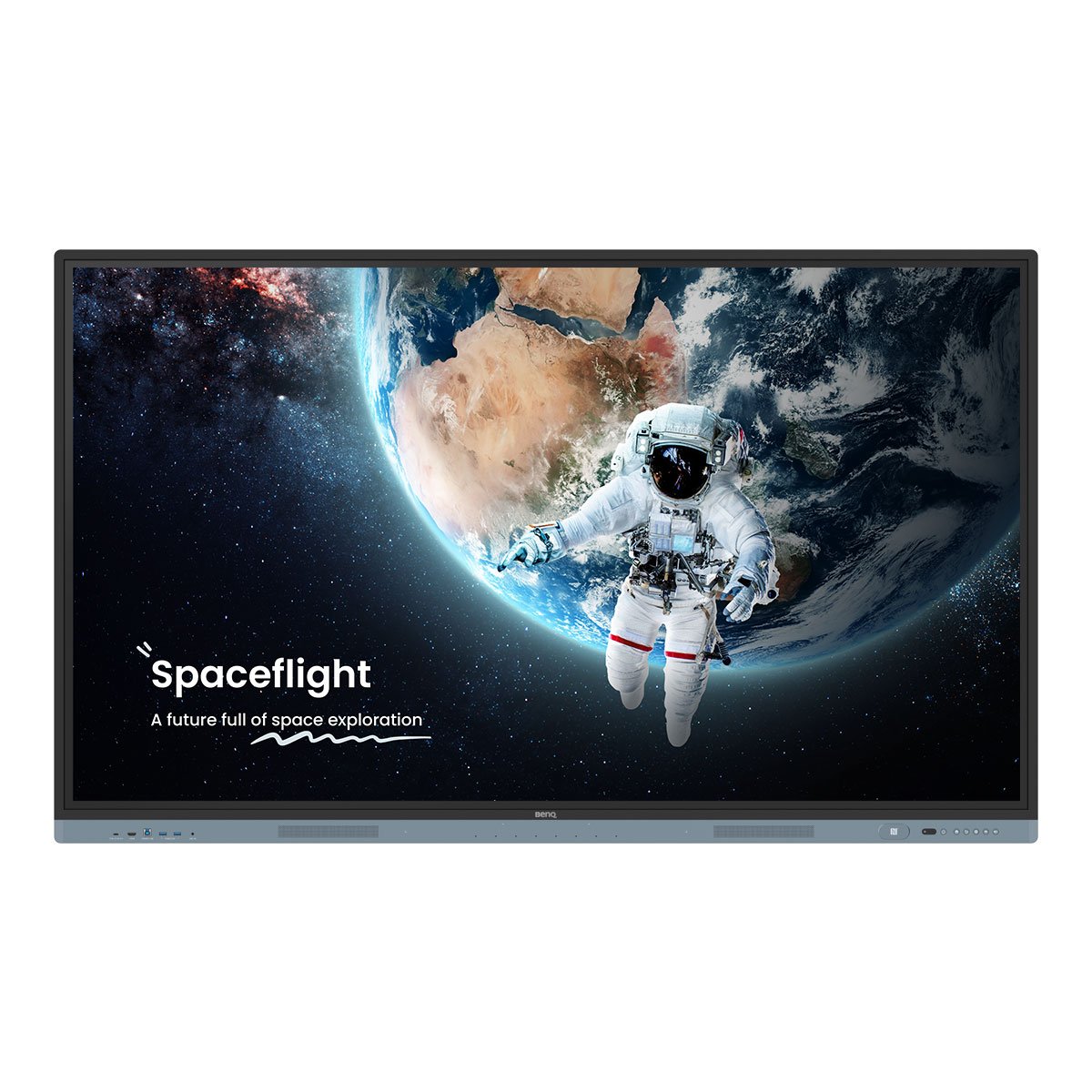

About the School
Kodaira Midori Kindergarten, operated by Hoshino Gakuen Educational Corporation in Kodaira City, Tokyo, was founded in 1968. Starting in 2018, the school began implementing EdTech ahead of most kindergartens in Japan by purchasing iPads for every classroom and adopting a popular Japanese app for parent-school communication.




The Challenge
In April 2024, the kindergarten underwent a major transformation. Alongside the complete renovation of its facilities, it reopened as a certified childcare center and joined the Tokyo Metropolitan Government’s Children’s Smile Movement. This initiative, which counts on more than 1,000 companies and organizations, seeks to create a ‘Children First’ society by promoting cutting-edge practices in childcare and education.
“I’ve always been interested in interactive displays…so I was extremely happy about this opportunity.”
As part of the movement, participating schools are encouraged to drive digital transformation. To do this, Kodaira Midori Kindergarten sought to incorporate interactive displays to enhance learning for children and improve staff training and work efficiency. Taku Hakoyama, Assistant Principal of Hoshino Gakuen, had long wanted to use interactive displays in the school’s classrooms and found this was the ideal time to adopt them.
“When the discussion became concrete, I thought, ‘Finally, it’s happening!’" says Hakoyama. “I’ve always been interested in interactive displays…so I was extremely happy about this opportunity.”
BenQ Solutions
Hoshino Gakuen began looking for an interactive display solution and found that BenQ had also joined the Children’s Smile Movement. After seeing the BenQ Board Master in action, Hoshino Gakuen Director Kazuhiro Hoshino was impressed by the board’s intuitive usability and annotation capabilities.
He also saw how it could help the school cut paper use by replacing printed handouts with a large display for teacher training sessions.
“I was also surprised that you can write directly on it and that multiple people could use it at the same time. It was just one surprise after another.”
Principal Tatsuya Hoshino praised the BenQ Board’s mobility, thanks to its rolling cart, and its flexibility for collaborative use.
“The fact that such a large screen could be mobile and used in different locations is truly remarkable,” Hoshino says. “I was also surprised that you can write directly on it and that multiple people could use it at the same time. It was just one surprise after another.”
Hoshino expressed confidence that the school’s younger, tech-savvy teachers would quickly adapt to the new boards.
“It really feels like using a smartphone, so I believe the younger teachers will get the hang of it quickly,” he says. “In fact, they might even discover new ways to use it faster than we can.”
The school had previously invested in a computer for every classroom to help teachers create materials for the incoming BenQ Boards. However, administrators soon found that many teachers don’t use computers to create their content, but rather mobile devices.
“Some staff said, ‘I can’t use a computer,’” he recalls. “That didn’t mean they were bad with technology—in fact, they were creating newsletters and other materials entirely on their smartphones. It turned out their strengths just lay in different areas.”
This ended up being a benefit rather than a challenge. That’s because administrators found teachers would be able to seamlessly connect their mobile devices to the BenQ Board and share content with BenQ’s InstaShare 2 screen-sharing solution. In addition, they would be able to easily link their cloud drive accounts to their BenQ account and access them on the board as soon as they log in.
A final highlight for the school was the BenQ Board Master’s screen, which is Eyesafe® Certified 2.0, flicker-free, and anti-glare for enhanced eye comfort during extended use.




The Results
Since implementing BenQ Boards, the school has seen a noticeable boost in student engagement. The board’s large, vibrant display draws students in, while its many touch points encourage hands-on participation.
“The display is incredibly clear, and it allows for scrolling with just a touch, but above all, its size makes a huge difference,” says Hoshino. By bringing what was once on paper to a large, dynamic screen, teachers can instantly capture students’ attention in a way that paper never could, he says.
“Just showing pictures and explaining isn’t always enough for real learning to take place,” says Hoshino. “In that sense, I believe this is the perfect device.”
For example, the school recently integrated the BenQ Board into its pool safety lessons, enhancing engagement and clarity. Instead of relying on printed handouts, teachers now use the interactive display to visually explain pool safety more dynamically and effectively. During last year’s pool opening, the school conducted its first pool safety training with the BenQ Board and found this approach more impactful and efficient.
“Just showing pictures and explaining isn’t always enough for real learning to take place. In that sense, I believe this is the perfect device.”
For teachers and staff, BenQ Boards have also become essential tools for streamlining operations and improving communication. They are now used for staff training, evacuation drills, and classroom announcements. With the large, high-resolution display, teachers and staff rely less on printed materials, and training participants report a clearer understanding of content compared to previously used methods of sharing information.
The boards have also fostered greater collaboration among staff. Previously, Assistant Principal Hakoyama would distribute printed evacuation route maps during evacuation training sessions. Now, by displaying the routes on the BenQ Board, teachers actively engage in discussions with annotations, which has led to dynamic conversations and the discovery of alternative evacuation routes that staff hadn’t previously considered.
“Using the BenQ Board to visualize discussions enhances engagement and helps people retain information better,” says Hakoyama.





